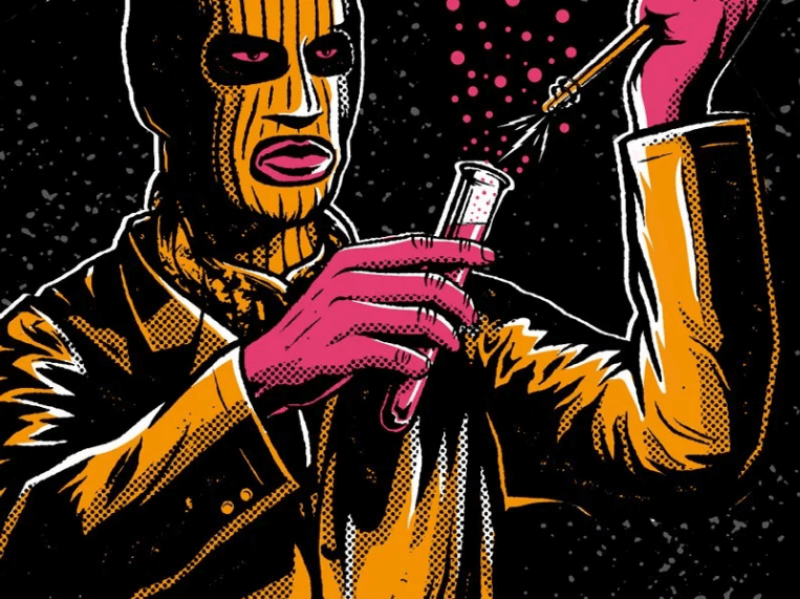When we’ve emerged on the other side of the pandemic, Covid-19 will someday make a good story. But I worry that CRISPR could make Covid-19 look like child’s play.
CRISPR is a new genetic tool that lets scientists cut out a DNA sequence in an organism’s genome and replace it with another. The hope is that this ingenious scissors-and-glue system will be used to treat devastating genetic diseases like sickle cell anemia and beta thalassemia.
But there’s a dark side to CRISPR. A scientist or biohacker with basic lab know-how could conceivably buy DNA sequences and, using CRISPR, edit them to make an even more panic-inducing bacteria or virus. What’s to stop a rogue scientist from using CRISPR to conjure up an even deadlier version of Ebola or a more transmissible SARS?
…
Covid-19 rightfully dominates the media. But we should be talking about CRISPR, too. Before the first reports of the novel coronavirus began surfacing in the U.S., none of the Democratic presidential candidates said a word about CRISPR, and President Trump has never uttered its name. But it’s here, just as present, unpredictable, and powerful as Covid-19, unless we act now to control it.































